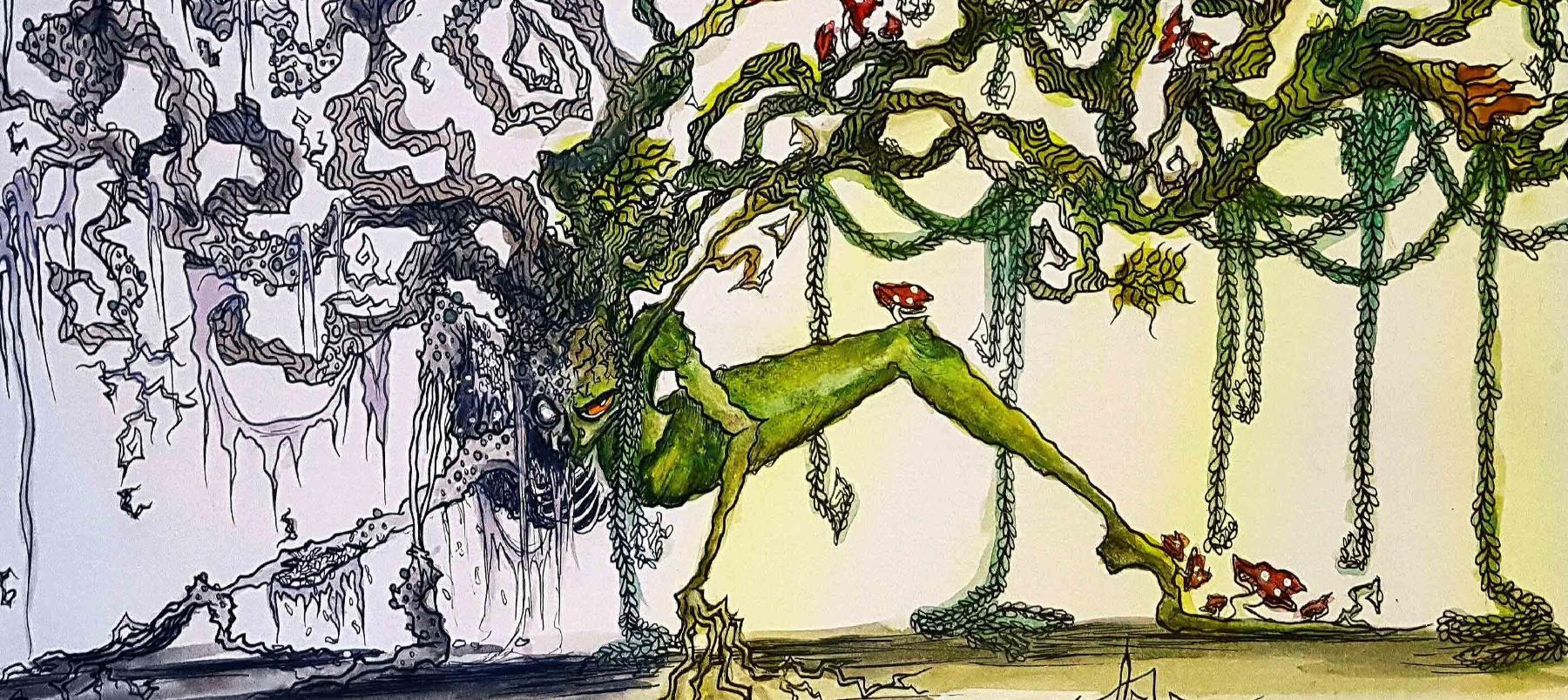The names of some periods in art history can create confusion. Consider the term “Modern Art.” Art historians have observed that artists of earlier times also perceived themselves as modern. Renaissance humanists thought they were revolutionaries in the 15th century. Modern Art refers to art created roughly between 1867 and 1975. Major movements included Impressionism, Cubism, Surrealism, Abstract Expressionism, and Pop Art. To human eyes, Modern pieces reflect change, including technological, social, scientific, and political changes. This period also included the emergence of modern governments.
Claude Monet’s Impression – Sunrise (1867) was the painting that marked the beginning of Impressionism and Modernism. For two decades, French painters and other artists studied the way light changes as you create a landscape or another scene. In Cezanne’s A Modern Olympia (1873-1874), the observer sees another example of how Modern Art abandoned Realism and Naturalism in sketchy borders between forms. A nude woman rests on a swath of clouds in a very earthy composition.
Early in the 1900s, the Cubists and Surrealists, including Picasso, Braque, Dali, and Miro, continued the progression towards abstract art. For example, Pablo Picasso, a founder of Cubism, demonstrated how geometry can express the depth of forms like the female body and drapery in The Dance of the Veils (Nude with Drapes) in 1907. By the time Georgia O’Keeffe painted “Blue and Green Music” in 1919, American artists reflected the influence of Cubism and Surrealism. In Blue-Green, O’Keeffe uses a curvilinear style reminiscent of Cubism in a work that bursts with movement and emotion using hues of blue and green. Her painting also shows that strong lines are used in Modern Art when needed to express a concept or artistic vision.


Of unique gifts and decorations. Many items are hand painted and engraved free. Signs, wreaths, plaques, and pictures are just a few. The Metropolitan Museum of Art, New York, Bequest of Lydia Winston Malbin, 1989, 1990.38.3, www.metmuseum.org. Perhaps one of the most controversial movements of the Modernist era was Futurism, which, at a cursory glance, likened humans to machines and vice versa in order to embrace change, speed, and innovation in society while discarding artistic and cultural forms and traditions of the past.
Art Change Us
The 20th century was a time of rapid artistic change and development where preconceived, traditional concepts were challenged. The role of the artist, the relationship between representation and significance, and the growing relevance of mass-produced visual images were considered and redefined. A Change of Heart Lyrics: Are we awake? / Am I too old to be this stoned? / Was it your breasts from the start? / They played a part / For goodness sake / I wasn't told you'd be this cold / Now it.

Later in the twentieth century, artists like Jackson Pollock painted with a new emotional style in Abstract Expressionism. In One: Number 31, 1950, Pollock used the paint spatter technique with acrylic to create a vivid abstract composition of white, black, and grey on tan canvas. As the U.S. entered the 1960s, Andy Warhol embodied the plastic nature of popular culture with commercial art. He famously used celebrities and commercial items like Campbell’s soup cans to create art that reflected his time.
A Rhythmic Change Of Pressure In Arteries
Throughout Modern Art, the observer can reflect on what change is considered by the artist to be important. While this observation is true about many periods, Modern Art shows a heavy consciousness of change. When you explore Modern Art, remember how much truly changed in 100 years. If you could express the impact of the Internet today in a work of art, you would seize upon the concept of Modernism.

Drawing from the Masters: Mark Making
A Change Of Attitude By Grant Berry
Enjoy the tradition of sketching from original works of art every first and third Sunday of the month at the Getty Center. In October, explore the expressive potential of mark making to create value, form, and texture with artist Marissa Magdelena. Presented in conjunction with the Big Draw Los Angeles celebration. Sign-up begins at 2:30 p.m. at the Information Desk. All experience levels welcome. This is a free program.
Sunday October 2 and 16, 3:30–5:30 p.m.
Getty Center, Central Garden
